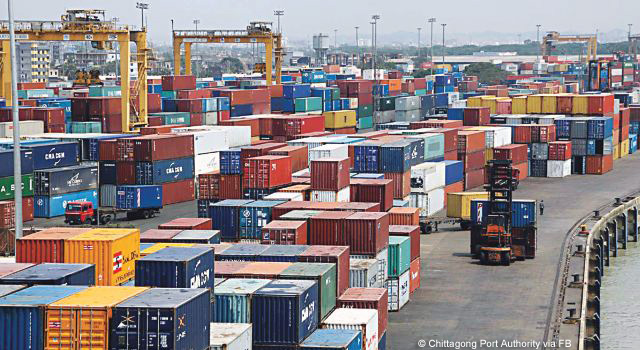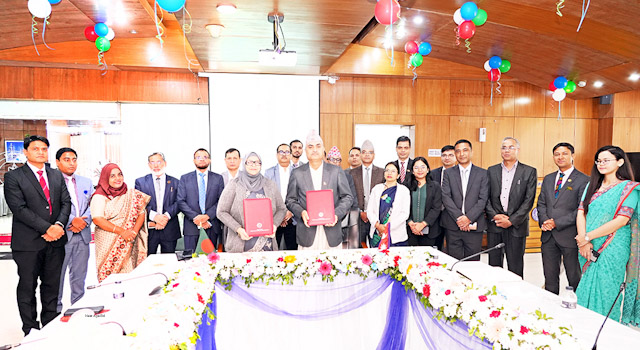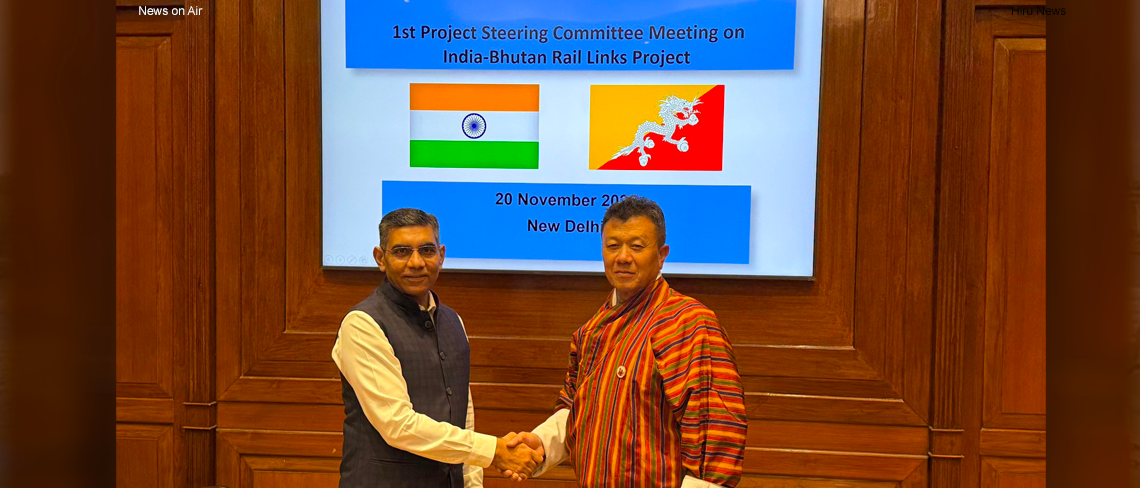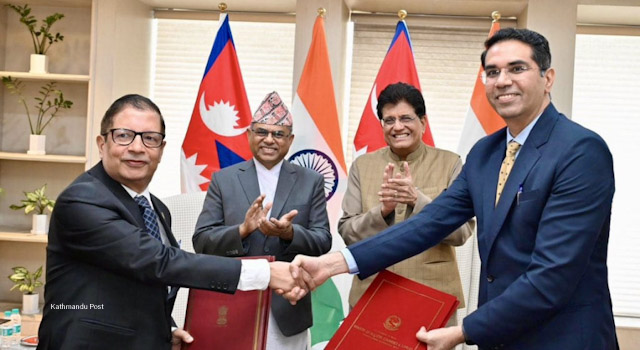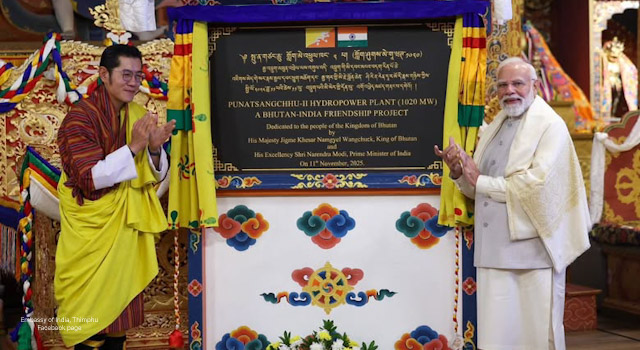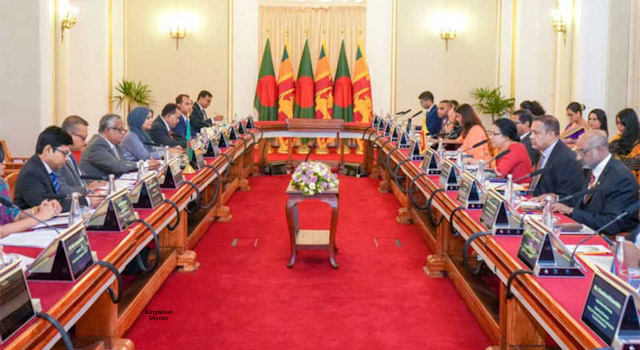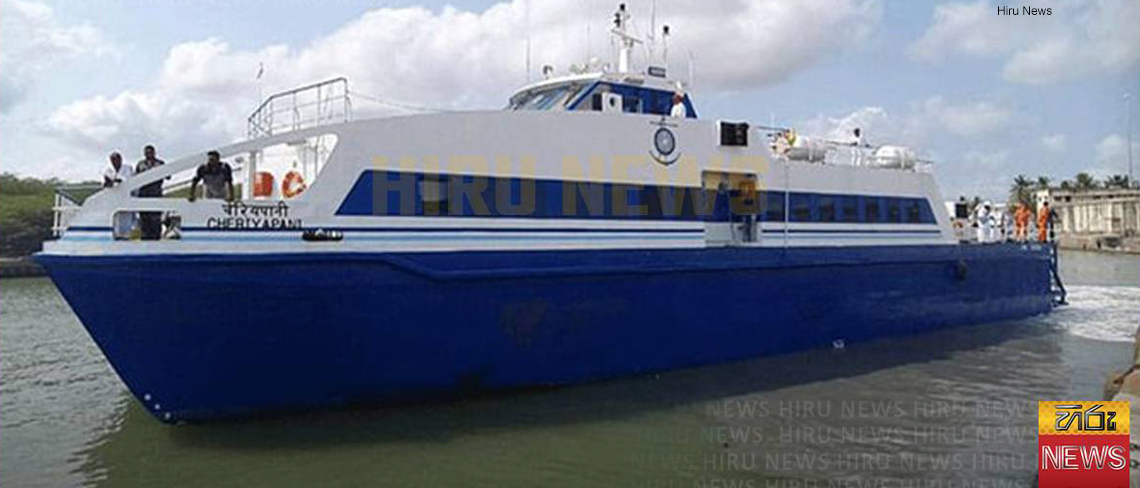
Commentary: Inland Waterways – Positive Impact on Economy
20 January 2020
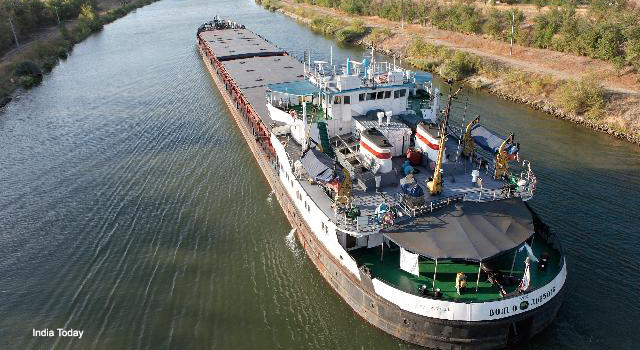
Inland waterways could significantly reduce the cost of transporting goods and transit time, and decongest highways. Furthermore, inland waterways could enable quicker shipments to India’s northeastern region through Indo-Bangladesh and Indo-Myanmar protocols that permit transshipment of goods through Bangladesh and Myanmar waters. In this piece, Mr. Debasish Mallick, the former Deputy Managing Director of EXIM Bank of India and Managing Director and Chief Executive Officer of Industrial Development Bank of India Asset Management Company Ltd, discusses how inland waterways could benefit the Indian economy. He also presents challenges in implementation and recommends a way forward so governments and policy makers could take advantage of opportunities presented by inland waterway connectivity.
This feature was first published on the Observer Research Foundation online.
Inland waterways – positive impact on economy
By Debasish Mallick
Inland waterways have been accorded a central role in maritime development in India. The National Waterways Act 2016, has declared 111 rivers or river stretches, creeks, estuaries in India as National Waterways. Navigation in rivers, lakes and other water bodies by smaller vessels connecting places not far from each other has been around for centuries, and been the mainstay of our inland waterways. In a few cases, especially near ports and coastal areas, this has also evolved to large-scale, commercial shipping. The national waterways project now intends to create such large-scale, commercial shipping and navigation systems in all these 111 waterways. These are expected to realise the potential of cargo and passenger traffic, including tourism and cruise, offer seamless connectivity at lower per-unit cost and make transportation more efficient. The project, in its entire implementation and operation phase, would generate a series of forward and backward linkages with prospects to penetrate deep into the economy. The multiplier effect of the investment and its linkages can result in a virtuous cycle of all-round growth. This potential virtuous cycle, however, can well be interrupted if implementation of the network is not well coordinated. Besides, there are other challenges.
The National Waterways Act mandates the Central Government to regulate these waterways for systematic and orderly development of shipping and navigation activities. Spread across the Eastern, Western, Southern and Central regions of the country, these waterways cover nearly 15000 kilometres across 24 states and two union territories. They include the country’s 138 river systems, creeks, estuaries and related canal systems, and can be utilised as a channel to move passengers and cargo within the country and to the neighbouring countries.
The waterways are also proposed to be linked to the eastern and western Dedicated Freight Corridors (DFCs), as well as the Sagarmala Project, which aims to promote port-led direct and indirect development. The linkages are being planned in a manner such that commodities and cargo can be swapped/shifted from and to the waterways, the DFCs and road transport. The inland waterway in its full scope is conceived as part of an ambition to link several big infrastructure projects.
Inland waterway network has no continuous connectivity. It requires a multimodal network comprising water bodies and roadways, including culverts, bridges etc, to be developed. This involves investment in a large number of activities to be carried out for infrastructure development. Some of the port/terminals, such as Varanasi are planned as multimodal hubs which will connect rail, road and waterways. Moreover, the Integrated National Waterways Transportation Grid plans to link many of the national waterways to each other and also to roads, railways and major ports. The capital cost of the Grid is estimated at Rs. 22,763 crores with phase-I (2015-18) estimated at INR 2,631 crore and phase- II (2018-23) at INR 20,132 crore. In addition, setting up of a large number of ports/terminals, riverside jetties, godowns, boat building workshops, repairing yards and ancillary industries, will spur investment opportunities.
Advantages of an inland waterways network
A well-coordinated inland waterways network could bring a fundamental alteration in the logistics scenario of the country. It represents a ready built infrastructure network, which can be utilised without any further capital investment. The network requires no green field investment, but only capex for improvement/upgradation. Waterways can decongest roads, including highways by moving cargo away. Waterways do not involve challenges associated with land acquisition, which has always been a sensitive issue, causing time and cost overruns of numerous projects. The significant investment which India needs to build its roads/highways infrastructure network can be conserved through increased utilisation of the waterways. User charges can be levied to meet the expenses on maintenance of the waterways.
Waterways are a cheaper mode of transportation vis-à-vis the available alternatives, significantly reducing the point-to-point cost of goods transportation. As per a study carried out by RITES in respect to the Integrated National Waterways Transportation Grid, one litre of fuel will move 24 tons through one kilometre on road, 95 on rail and 215 kilometres on inland water transport. The National Waterways Bill 2015, tabled in the Parliament mentioned that, “Inland water transport is recognised as fuel efficient, cost effective and environment-friendly mode of transport, especially for bulk goods, hazardous goods and over dimensional cargos. It also reduces time, cost of transportation of goods and cargos, as well as congestion and accidents on highways.” They are expected to also “help create seamless interconnectivity connecting hinterlands along navigable river coasts and coastal routes” and “are likely to play a crucial role in connecting the north-eastern states to the mainland.”
Market/Demand growth
Cargo movement of tea, jute, and spices in the eastern sector, connected to the river port in Kolkata, was among the early commercial drivers of pre-independence India. Though cargo movement through waterways has lost prominence, in recent times, the Mandovi-Zuari Cumbarjua system moved over 30 million tons of iron ore. Growth in cargo through inland waterways has generally been sluggish in post-independent India, because of lack of policy incentives, non-availability of infrastructure, viz. river jetties, channel depth, number of vessels, right of way etc. With renewed emphasis on waterways transportation, this is expected to improve flow of goods through waterways.
Movement of goods and passengers through inland waterways would necessitate setting up large number of landing and loading/unloading points. This has the potential to open up large and accessible hinterland for supply of goods which can be transported at a lower cost. The accessible hinterland can also open up new markets. Further, the provisions of the Indo-Bangladesh and Indo-Myanmar protocol permitting transhipment of goods through Bangladesh and Myanmar waters – which, in many cases, are a continuum of India’s inland waterways – gives the necessary Right of Way, enabling quicker shipments and deeper market penetration in India’s North East.
The Indo-Myanmar protocol envisages multimodal connectivity between Kolkata and Mizoram, through Myanmar. The transit route comprises of shipping transport from Kolkata to Sittwe port (539 kms), inland waterway transport from Sittwe to Paletwa (River Kaladan – 158 km), Paletwa to Indo-Myanmar border (Myanmar side – 110 km) and from the border to NH 54 at Lawngtlai (India – 100 km). This presents an easier and faster transit route than the existing ‘chicken neck’ corridor through Siliguri.
The Indo-Bangladesh protocol facilitates export and import trade to and from Bangladesh using both NW-1 and NW-2. The riverine trade through Bangladesh facilitates trade through Assam, as domestic movements on NW-2 between Assam and Haldia/Kolkata areas pass through a significant stretch in Bangladesh and are subject to the bilateral protocol. A number of inland and river ports in Bangladesh with cargo handling facilities makes the riverine route viable. The protocol now further permits utilisation of the Chittagong and Mongla port for transit of Indian cargo and opens up the internal markets in Tripura, which is just a couple of hundred kilometres from Bangladesh.
Early signs of success in inland waterways transport, evidenced by an increasing utilisation of the waterways for cargo movement in North East, is expected to accelerate with improved facilities in terms of infrastructure and vessels. Meanwhile, in a significant development, the first two sets of containerised cargo have already originated from Kolkata port for Varanasi and Patna.
Implementation Challenges
Implementation of the national waterways network is, however, fraught with challenges. The channel draft of the national waterways is not uniform at 2 meters throughout the year, as is required. Some of these rivers are seasonal and do not offer navigability through the year. Around 20 out of the 111 identified national waterways have reportedly been found unviable. Further, all the identified waterways require intensive capital and maintenance dredging, which could be resisted by the local community on environmental grounds, including displacement fears, thereby posing implementation challenges. Water also has important competing uses, viz. need for living as well as for irrigation, power generation etc. It would not be possible for local government/others to overlook these needs.
The exclusive jurisdiction of the Central Government is only in regard to shipping and navigation on inland waterways declared to be ‘national waterways’ by an act of Parliament. Utilisation/sailing of vessels, in other waterways, is within the ambit of the concurrent list or is in the jurisdiction of the respective state governments.
As every riverine system is unique and presents diverse challenges, separate studies based on a detailed micro-level review to assess viability need to be done for each, before taking up implementation. An effective waterways network would necessitate drawing up a well-coordinated strategy on lines of complementarity between the national network and other waterways, not declared as such, as well as between waterways and roadways/railways. The said strategy should closely look into the various undercurrents, including competing uses/needs, possible local resistance and also work closely and in coordination with local governments for quick and successful implementation of this important national project.




